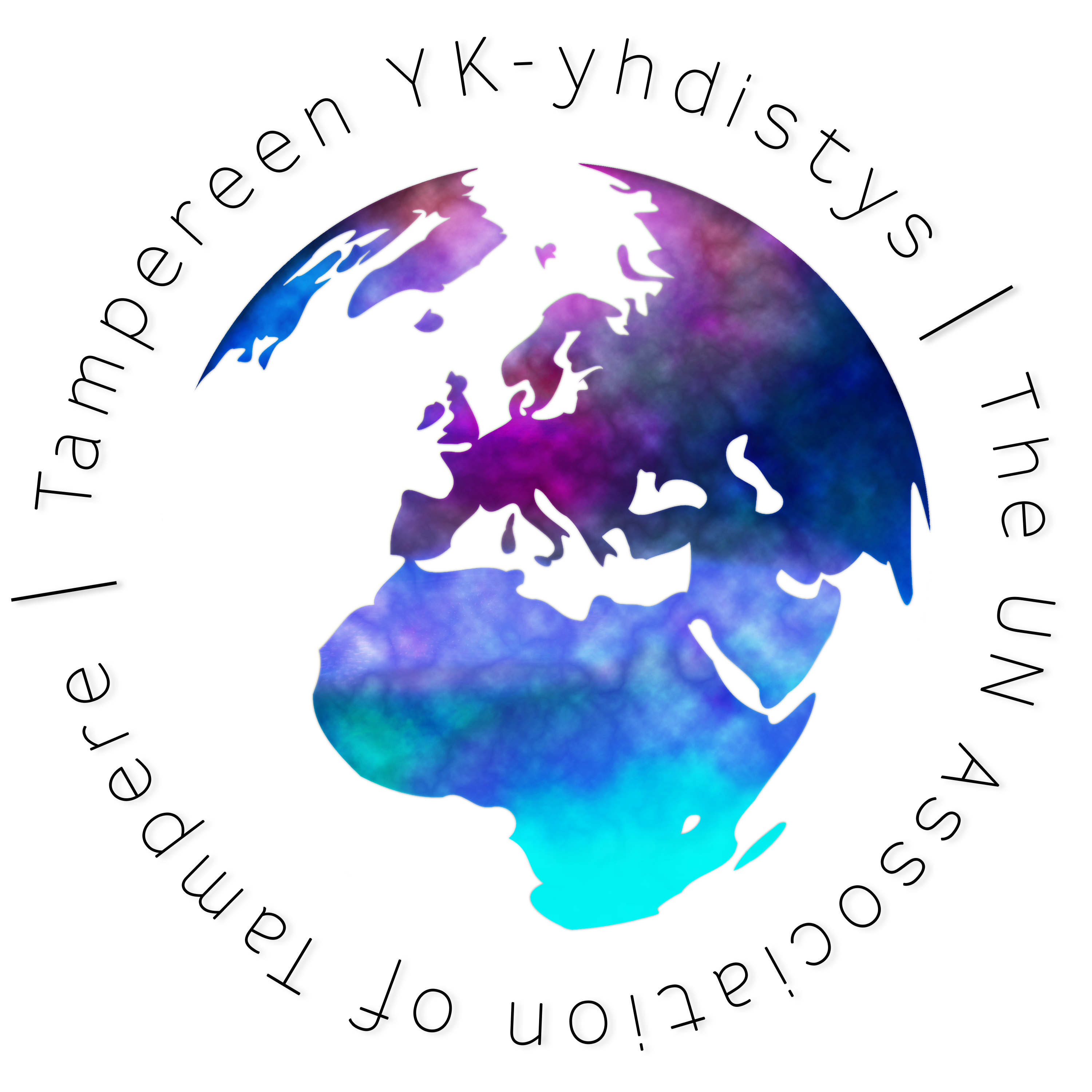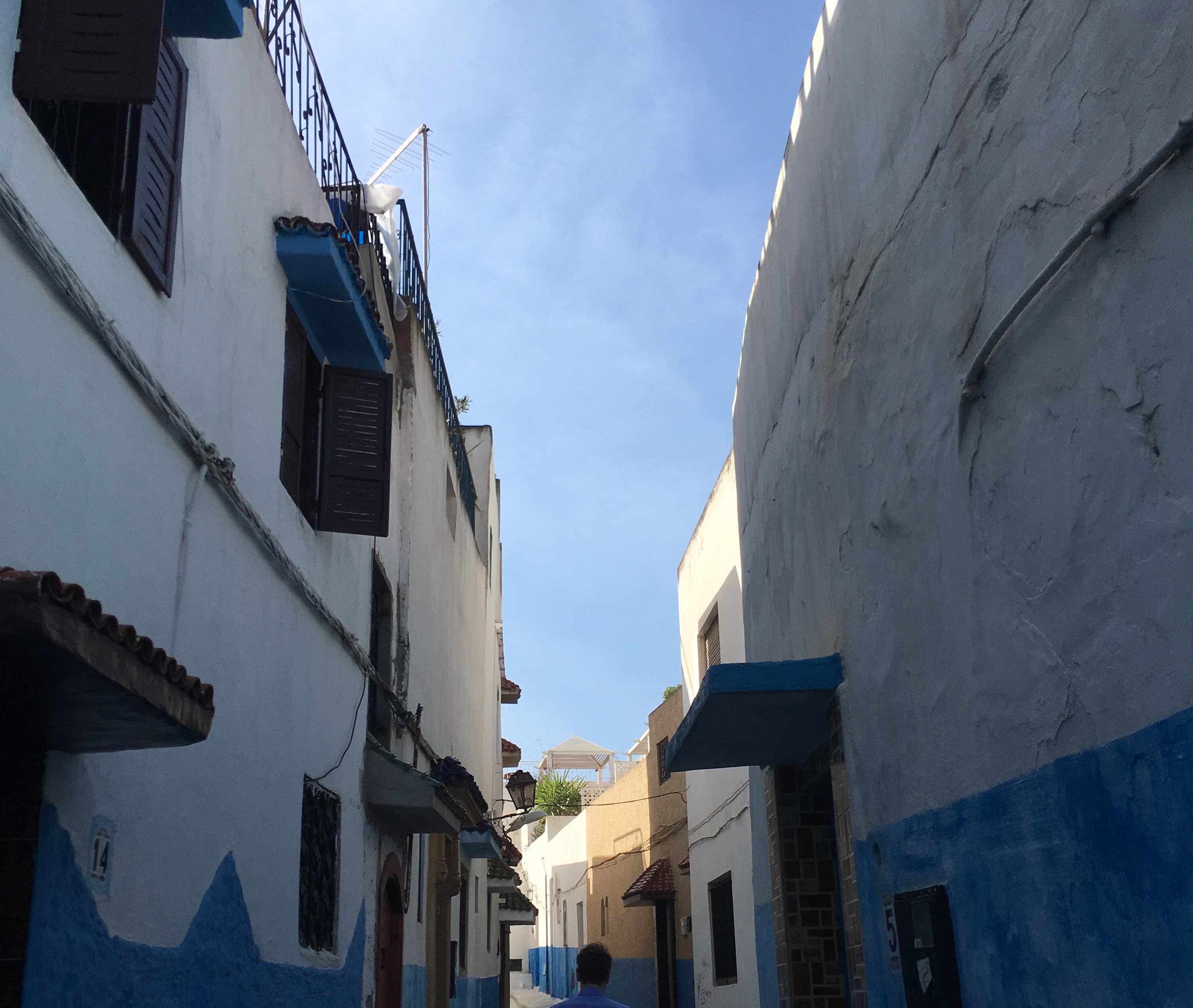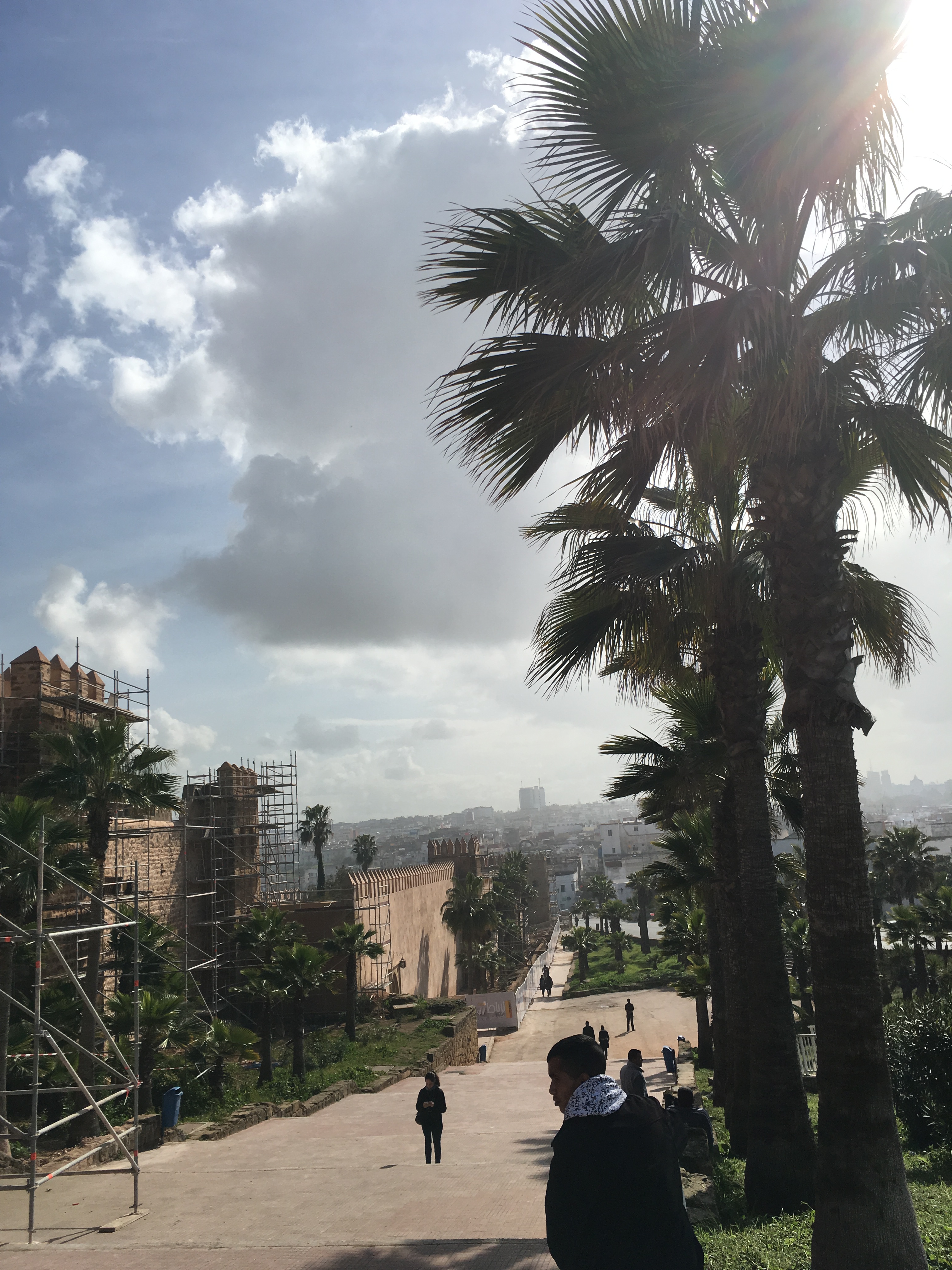28.3.2017
I got pretty excited when Air France messaged me that the purchase I had just made a few minutes earlier was officially confirmed. It was late November, dark outside, melancholic even, but my mind got positive and my thoughts flew immediately to my destination in North Africa, in Morocco, where I was to spend ten days exploring the country and taking a small break from my study loaded life in Finland. I felt curiosity and travel spirit steadily arise in me.
Getting into Morocco from Finland is relatively easy. The standard is a quick stop (and definitely a quick one since Charles de Gaulle might take all your airport time in your search of the right terminal and gate for the connecting flight!) in the French capital before reaching North Africa. Rabat, the capital of Morocco, has about half a million citizens which makes it the 7th biggest city in the country. Modernity and history are smoothly tied together in Rabat that has actually its oldest parts dating back to the 12th century. I was also able to experience the presence of the past in many places when walking around the city: the old town area of Rabat, called also more generally ’medina’, has been recognized by the United Nations as a special landmark that has cultural and historical value not only on a local level but also universally. I had a chance to take a short afternoon walk inside the medina walls and I got really impressed by its architecture, especially by the labyrinth reminding streets ready to lead lost this curious-minded non-inhabitant of the quarter, and by the Mediterranean connoted colors (white and turquoise blue) used for the facades. A very special place to live in. Challenging too. No wonder why the UN wanted to make this charming site protected and universally recognized.
Exploring medina from the inside and falling for its colors
A view showing the walls of medina and a more modern quarter further ahead
Besides the capital, I had a chance to visit other parts of Morocco during my stay. One quite an interesting place was Ksar of Ait-Ben-Haddou, a fortified village that has its origins in the 17th century. Situated in the southern Morocco, in Ouarzazate region, the site used to play a role as a passage point linking an important caravan route from Marrakech to the rest of Sahara. Nowadays, the village, that is also a typical example of architecture in Southern Morocco, is protected by UNESCO and has been recognized as a World Heritage Site like the medina of Rabat. Interestingly, while the majority of the inhabitants has moved to another village right down the Ksar, the Ksar itself (that has been founded on a hill) still has today a few families living inside its walls. According to my guide, who walked with me a while and told me stories about the fortified village, life there is tough due to a variety of socio-economic and cultural changes that have taken place over the years. Still, a few families live there and are willing to stick to the traditions and their living conditions. That made me appreciate the site even more.
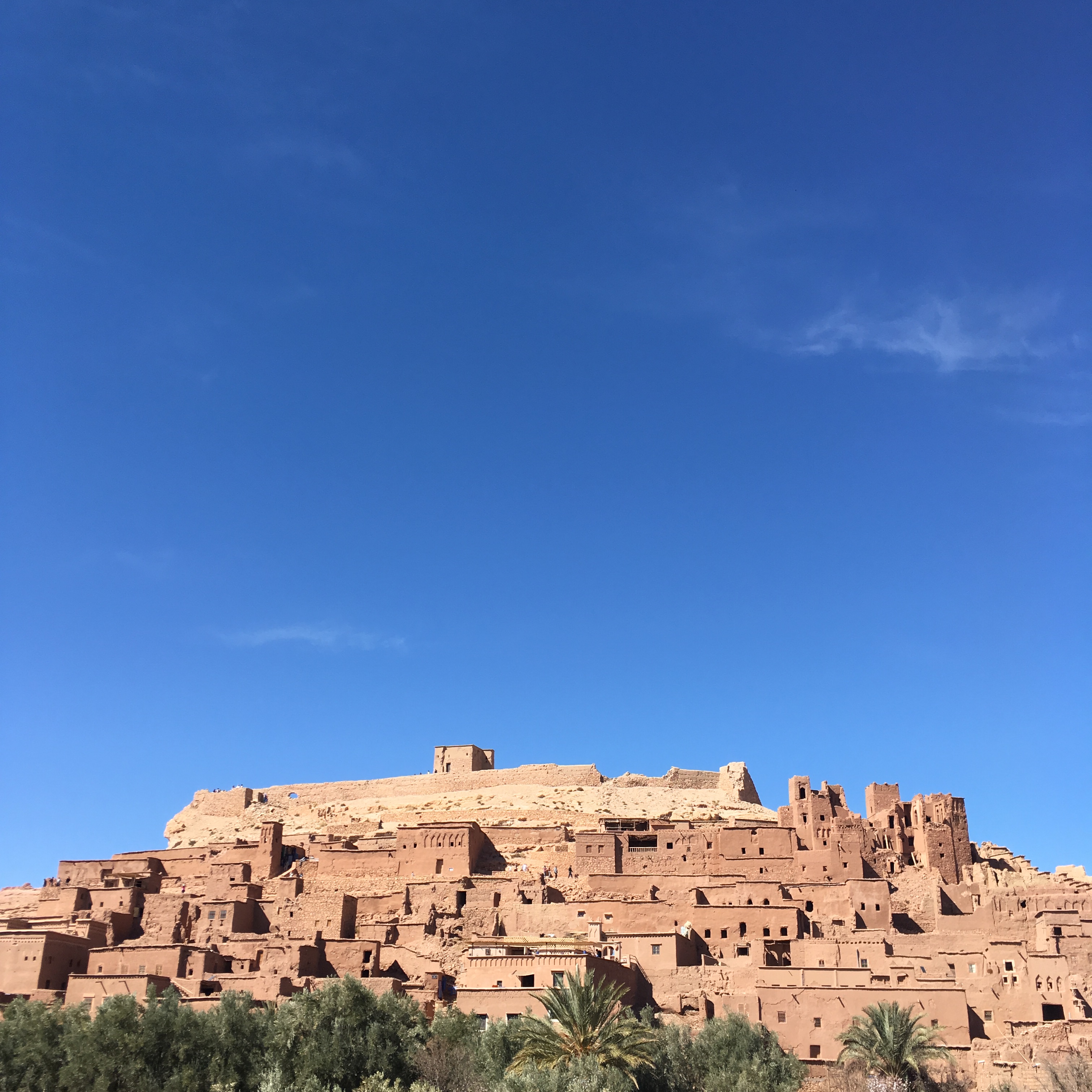 Ksar of Ait-Ben-Haddou and houses representing typical architecture in Southern Morocco
Ksar of Ait-Ben-Haddou and houses representing typical architecture in Southern Morocco
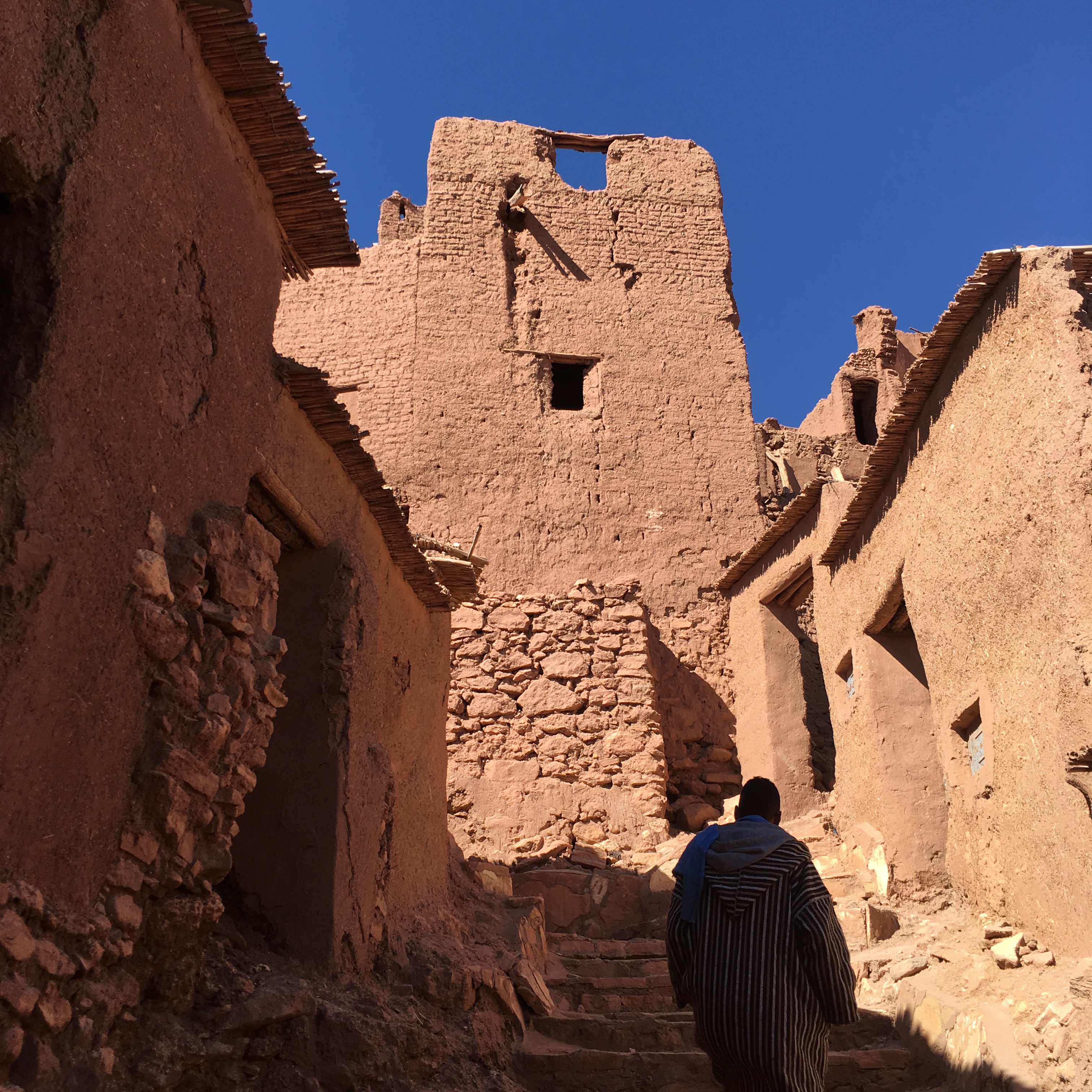 Earth, wood and clay: the main materials used for construction of the village
Earth, wood and clay: the main materials used for construction of the village
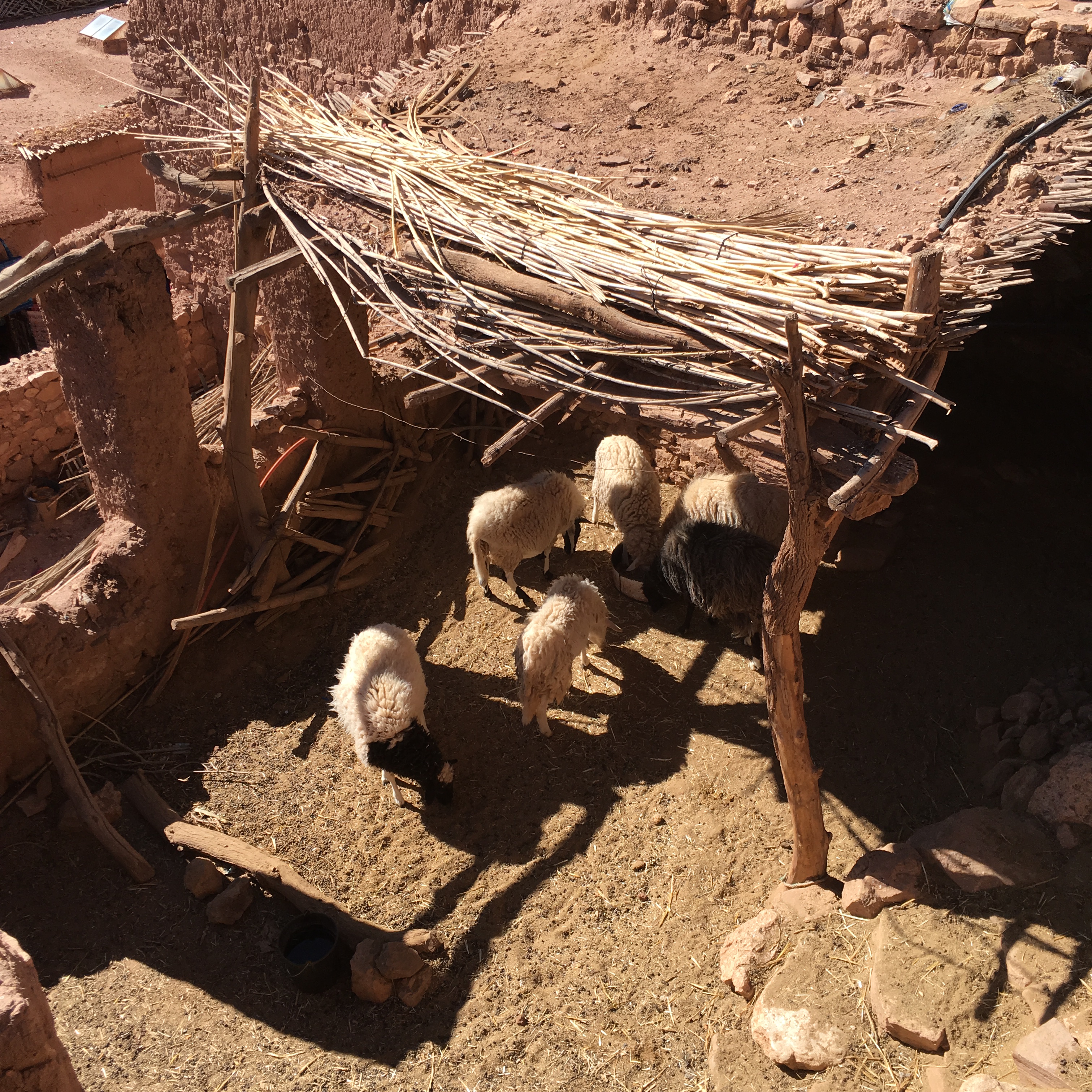 Moroccan sheep in a back yard inside the Ksar
Moroccan sheep in a back yard inside the Ksar
From the political perspective, interesting things were happening in Morocco at the end of January 2017. Country, that was absent from African Union for more than 30 years, made actually a comeback to the union on the 30th of January. The reason behind the withdrawal of Morocco from the AU can be explained by the presence of The Sahrawi Arab Democratic Republic in the union, a country that had been recognized by the majority of other AU member states. The situation in Western Sahara, called as a non-self-governing territory by the United Nations since 1963, remains complicated due to sovereignty disputes Morocco and Polisario (liberation movement aiming to end Moroccan presence in the Western Sahara) have over the territory. Also, when talking about Western Sahara, some might have heard about the mission MINURSO which was established in 1991 by Security Council. The purpose of the mission was to prepare a referendum for the people of Western Sahara who could vote for either independence or integration with Morocco. However, after 26 years of establishing the MINURSO, the referendum has not taken place.
Overall, Morocco is a fascinating country with a lot a variety in landscapes and different regions, to mention a few. It is definitely a country that has a lot to offer to visitors: surfers, architecture and history lovers, hikers and desert explorers, you name it, enthusiasts of all sorts of activities are welcomed. I personally thought that the eastern (or southern) the better: there was something very unique about the sunburn houses, endless dune landscapes and lonely highway walkers I did not get tired of admiring. Another visit to Morocco will be a must in the future.
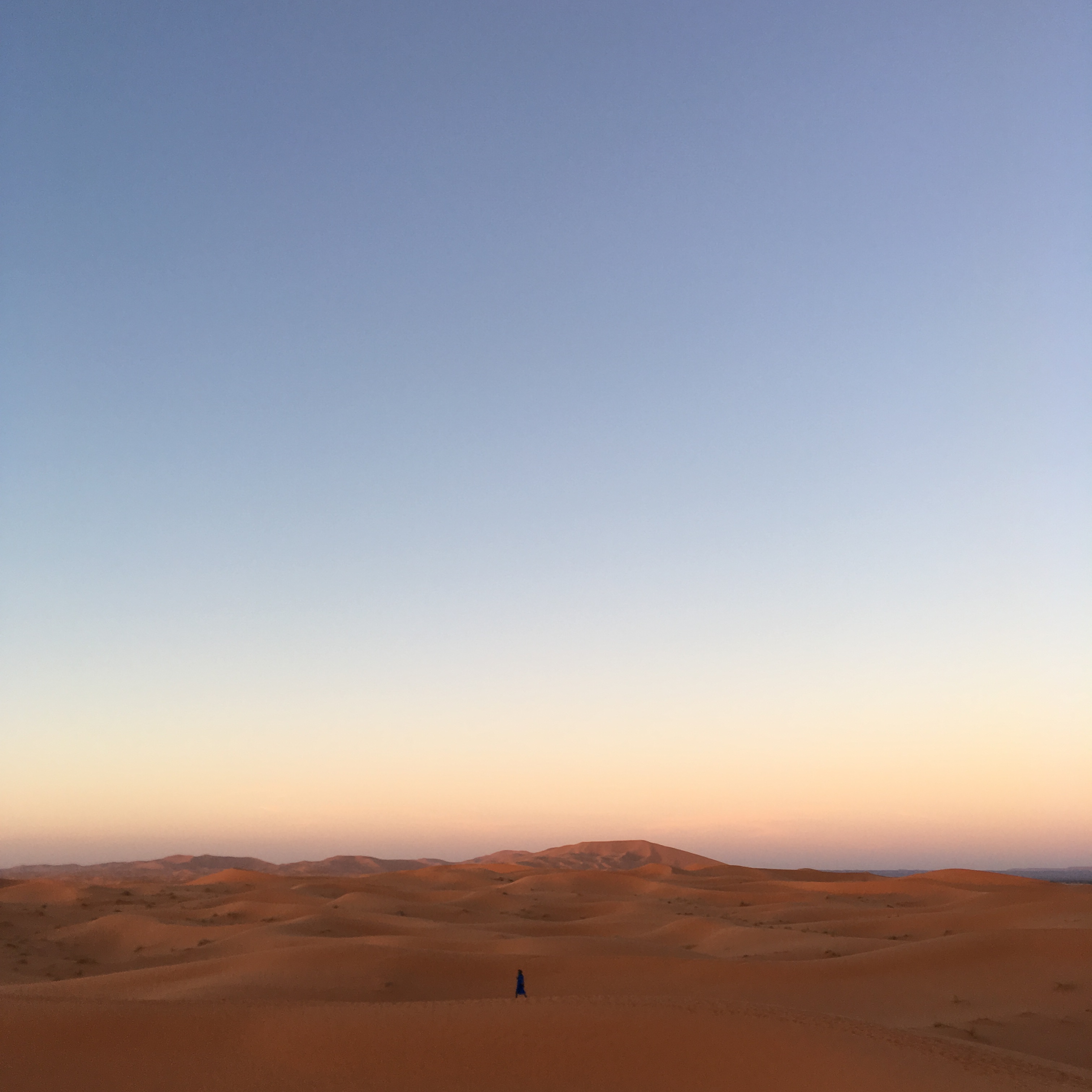
By Anna-Mari, development cooperation and Peace Day coordinator
